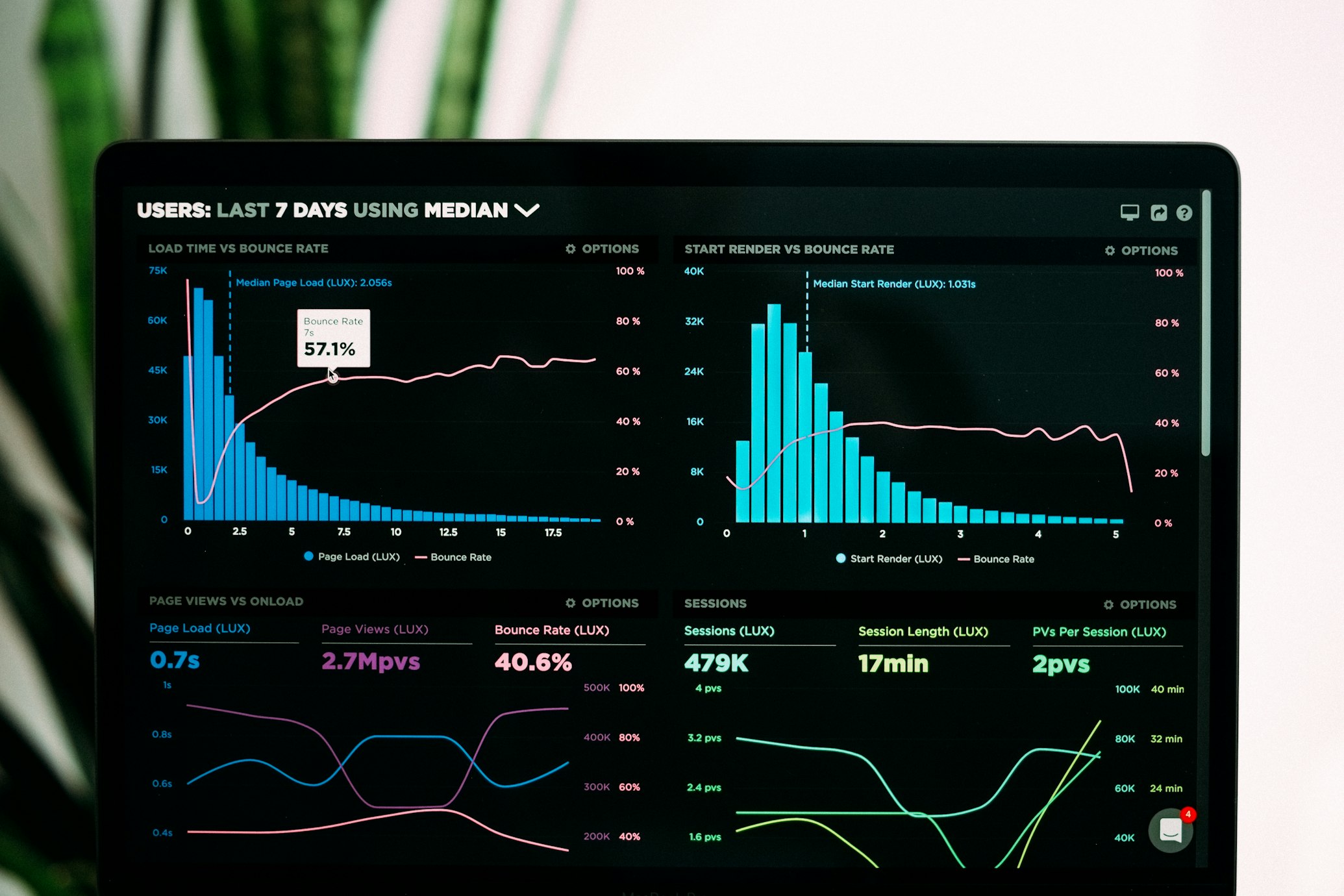The Glycerol Alchemists
How Bacteria Turn Biodiesel Waste into Biomedical Gold
From Waste to Wonder: The Biodiesel Byproduct Problem
Every year, global biodiesel production generates a tsunami of crude glycerol—approximately 10% of every biodiesel batch becomes this "unwanted" byproduct. As biorefineries scramble to dispose of this surplus, scientists have discovered something remarkable: this humble waste stream can be transformed into D-glyceric acid (D-GA), a compound with striking biological properties.
Research reveals D-GA accelerates ethanol metabolism by 30% in mammals and stimulates human fibroblast proliferation at nanomolar concentrations, suggesting tantalizing biomedical applications 5 6 . Yet the chemical synthesis of D-GA produces a racemic mixture, limiting its biological efficacy. Enter Acetobacter tropicalis, an unassuming acetic acid bacterium with an extraordinary enzymatic toolkit capable of delivering enantiomerically pure (>99%) D-GA from glycerol waste 1 .

Global biodiesel production creates significant amounts of crude glycerol as a byproduct.
Meet the Microbial Chemist: Acetobacter tropicalis

Acetobacter tropicalis
Electron micrograph of the bacterial strain capable of converting glycerol to D-GA.
Acetobacter tropicalis belongs to the acetic acid bacteria (AAB) family, renowned for oxidizing alcohols and sugars. Unlike their vinegar-producing cousins, specific A. tropicalis strains like NBRC16470 harbor a specialized enzyme system anchored in their cell membrane. At the heart of this system lies membrane-bound alcohol dehydrogenase (mADH), a multi-component enzyme complex that performs the glycerol-to-D-GA conversion in a single enzymatic step .
Why bacteria excel where chemists struggle:
- Stereoselectivity: mADH specifically yields the D-enantiomer crucial for biological activity
- Efficiency: Oxidation occurs at the cell surface, avoiding energy-intensive transport
- Resilience: Tolerates impurities in crude glycerol feedstocks 5
Genome sequencing of NBRC16470 revealed three mADH subunit genes (adhA, adhB, and an AdhS-like gene), creating a molecular "assembly line" for glycerol oxidation. When researchers disrupted adhA, D-GA production ceased entirely—proving mADH is the linchpin of this bioconversion 6 .
The Two-Step Tango: A Clever Cultivation Strategy
Here's the biochemical dilemma: A. tropicalis grows poorly at high glycerol concentrations, yet industrial processes demand high substrate loading for economical D-GA production. Early attempts using single-step fermentation with 150 g/L glycerol yielded disappointing results—only ~22 g/L D-GA after four days 1 .
The breakthrough came when researchers separated the process into two choreographed phases:
Stage 1: Biomass Build-Up
- Conditions: Low glycerol (30 g/L), optimal aeration, pH 5.5, 30°C
- Goal: Maximize cell growth without production pressure
- Duration: 24–36 hours until late-log phase
- Key: Yeast extract (20 g/L) provides nitrogen sources for robust biomass
| Approach | D-GA Yield (g/L) | Productivity (g/L/day) | Process Time |
|---|---|---|---|
| Single-Step | 22.7 | 5.7 | 4 days |
| Two-Step | 45.2 | 25.8 | 44 hours |
| Improvement Factor | 2× | 4.5× | 50% reduction |
Why two steps win:
- Overcomes substrate inhibition
- Decouples growth requirements from production conditions
- Allows cell recycling for multiple batches
Inside the Landmark Experiment: Engineering Efficiency
Wang et al.'s 2018 study provides the most compelling validation of this strategy. Let's dissect their methodology:
Materials & Methods Snapshot
- Strain: A. tropicalis NBRC16470 from bioresource collections
- Stage 1 Medium: 30 g/L glycerol, 20 g/L yeast extract, 48-hour growth
- Cell Harvest: Centrifugation and resuspension in production buffer
- Stage 2 Cocktail: 150 g/L glycerol + 10% methanol in 50 mM phosphate buffer
- Analysis: HPLC for D-GA quantification, polarimetry for enantiomeric purity
Why Methanol?
Methanol isn't a substrate but a membrane modulator. At 10% concentration:
- Increases membrane fluidity, facilitating substrate entry
- Enhances enzyme conformational flexibility
- Boosts yield by 1.5× without genetic modifications
Results That Resonate
The two-step process achieved 45.2 g/L D-GA in just 44 hours—doubling the yield while quadrupling daily productivity. Enantiomeric excess remained >99%, proving the strategy doesn't compromise purity 7 .
| Component | Function | Optimum Level |
|---|---|---|
| A. tropicalis NBRC16470 | Whole-cell biocatalyst | 10 g/L dry cell weight |
| Glycerol (crude) | Primary substrate | 150–200 g/L in Stage 2 |
| Yeast Extract | Nitrogen/vitamin source for growth | 20 g/L in Stage 1 |
| Methanol | Membrane permeability enhancer | 10% (v/v) in Stage 2 |
| Membrane-Bound ADH | Key D-GA-synthesizing enzyme | Requires intact cells |
| Oxygen | Electron acceptor for oxidation | >30% dissolved O₂ saturation |
Why whole cells beat enzymes:
- mADH loses activity when isolated from membranes
- Cells protect enzymes from glycerol/methanol denaturation
- Natural cofactor regeneration occurs in intact cells
Beyond the Bioreactor: The Ripple Effects
This microbial alchemy extends beyond clever chemistry:
Biodiesel Economics
Adding $2/kg value to crude glycerol could offset 15% of biodiesel production costs
Green Chemistry
Replaces hazardous chemical oxidants with oxygen-driven biocatalysis
Advanced Materials
Serves as chiral building block for biodegradable polyesters 5
The Road Ahead: Challenges and Opportunities
Current Hurdles
- Downstream Processing: Separating D-GA from broth costs ~40% of production
- Oxygen Demand: High aeration increases energy footprint
- Strain Engineering: CRISPR-enhanced strains could boost productivity 3-fold
"We're entering an era where waste glycerol streams become strategic biorefinery feedstocks. D-GA is just the beginning—nature's catalytic diversity holds keys to sustainable chemical manufacturing."
Epilogue: The Microbial Economy
The dance between A. tropicalis and glycerol exemplifies circular bioeconomy principles: transforming low-value waste into high-purity molecules for health and industry. With every ton of D-GA produced, we prevent 3 tons of crude glycerol from becoming environmental contaminants while generating advanced biomaterials. As genetic tools advance and bioreactor designs evolve, these microbial alchemists may soon make petroleum-derived chemicals obsolete, one glycerol molecule at a time.